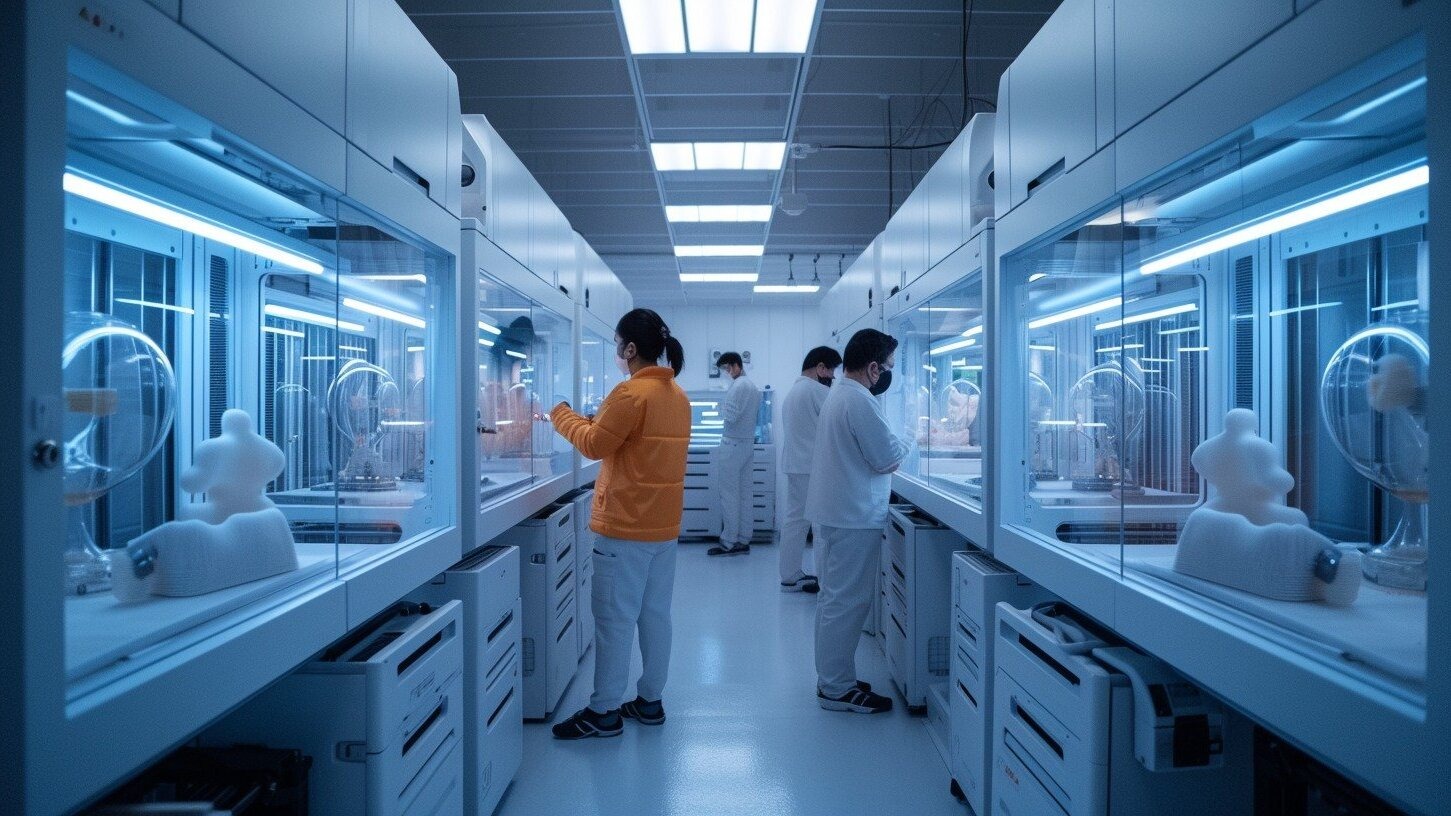Research is only as powerful as the real-world change it creates. Today, universities do far more than publish papers: their research centers, technology transfer offices (TTOs) and incubators actively accelerate inventions into commercial products and new companies. This convergence of academia and industry turns lab breakthroughs into jobs, new markets and social impact — and it’s backed by policy, institutional programs and decades of successful spin-outs.
Why research centers matter for R&D and entrepreneurship
University research centers supply three things businesses and founders need most: deep technical expertise, development infrastructure (labs, testbeds) and proximity to talent. Technology transfer offices handle IP, licensing and spin-out logistics; incubators and university-run accelerators help teams turn prototypes into products and find early customers or investors. These structures institutionalize the pathway from discovery to deployment and make it repeatable.
Policy that changed the game: Bayh-Dole and the commercialization era
A major reason universities now routinize commercialization is the Bayh-Dole Act (1980), which allows institutions to own and license inventions created with federal funding. That policy shift created incentives and funding models that let TTOs, incubators and research centers actively pursue commercialization — a foundation for the modern university spin-off ecosystem.
Real companies that grew from university research centers
Below are concrete examples where university research, centers or faculty directly enabled companies that are still active and influential today.
Genentech (biotechnology) — Genentech, co-founded in 1976 by biochemist Herbert Boyer (whose recombinant-DNA research was rooted in university labs) and venture partner Robert Swanson, is widely cited as the world’s first biotech company — a canonical example of academic discovery becoming a global business. 
Akamai (internet infrastructure) — Akamai was born from MIT research on algorithms for distributing web content. MIT faculty and researchers converted rigorous mathematical work into a commercial CDN business that scaled into a multi-billion dollar public company — showing how academic algorithms and prototypes can become infrastructure used by the world’s largest sites. 
Qualcomm (wireless communications) — Qualcomm’s founders included UC San Diego faculty and researchers who translated advanced communications research (CDMA and other protocols) into products and chips that power mobile networks — an example of university-tied engineering research giving rise to a dominant industry supplier. 
Bose (acoustics & consumer electronics) — Amar Bose’s research at MIT in acoustics and psychoacoustics directly shaped the consumer products of Bose Corporation. His academic work and continued connection to MIT exemplify how sustained university research can feed a long-lived engineering business.
(These are representative, not exhaustive — universities worldwide have produced thousands of active spin-outs across biotech, AI, electronics, materials, and more. The “spin-off” concept is widely documented in literature and national tech-transfer reports.)
How research centers help people start businesses — practical mechanisms
- IP & licensing support: TTOs secure patents, negotiate licenses and help inventors understand royalty/licensing routes or whether to spin out a company.
- Incubators & shared labs: Many centers offer wet labs, fabrication facilities, and equipment access so early teams can build prototypes without huge capital expense.
- Entrepreneurship programs & mentorship: University accelerators connect faculty and students with mentors, legal help, and investor networks to convert prototypes into viable businesses.
- Fund-of-fund and grant pathways: Universities help founders access proof-of-concept grants, SBIR/STTR programs (in the U.S.) and regional innovation funding — reducing early risk.
- Industry partnerships & KTP-style programs: In many countries, structured programs (e.g., U.K. Knowledge Transfer Partnerships) pair academic expertise with SMEs to co-develop commercial products — turning applied research into company growth.
What makes a research center successful at commercialization?
Successful centers combine technical depth with business acumen: strong TTOs, clear IP policy, accessible facilities, entrepreneurship education, and active industry relationships. Importantly, cultural support for commercialization matters — researchers need incentives, training and recognition for entrepreneurial activity. Recent policy analysis and institutional studies repeatedly show that the best outcomes come from tightly integrated ecosystems (research + tech transfer + local industry + funding).
Practical advice for researchers and founders
- Talk early to your TTO. Clarify IP and licensing before you invest in commercialization.
- Use university facilities and programs. Incubators, shared labs and accelerator cohorts dramatically shorten time-to-prototype.
- Validate market fit fast. Use industry partnerships and pilot projects (KTP-style or direct corporate collaborations) to learn what customers will actually pay for.
- Look for complementary funding. Grants and proof-of-concept funds reduce dilution and enable better technical milestones.
The outlook: research centers as engines of resilient, mission-driven business
As global challenges grow more complex, translating rigorous research into usable products is critical. University research centers — supported by smart policy (like Bayh-Dole), skilled TTOs, and connected ecosystems — will remain central to launching companies that solve real problems and create durable economic value. For entrepreneurs and businesses, partnering with research centers is one of the most efficient ways to access deep R&D and scale novel technologies.

Leave a Reply